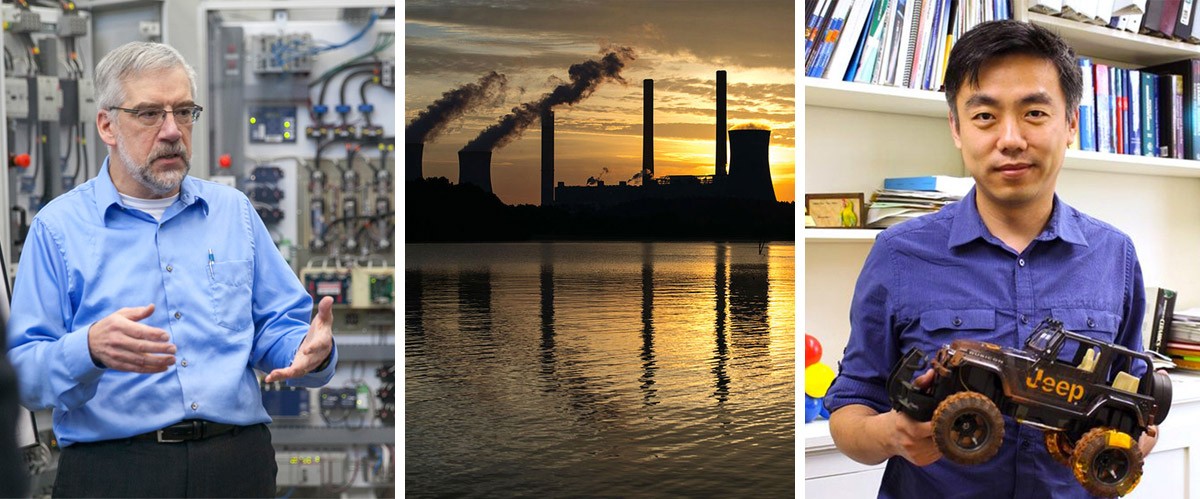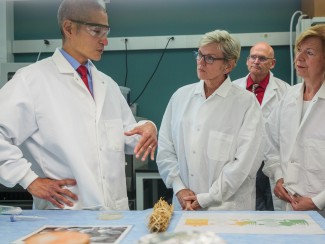Media coverage of WEI this month included stories on climate change, energy, pollution, waste management, and pollination, among other topics.

Seven key things to know about 'negative emissions'

Carbon Brief
Greg Nemet and other researchers systematically review what is known and what is not known about NETs (Negative Emissions Technologies), and reveal their central insights, presented at the international conference on negative emissions, in this article.
Featured Researchers
Wisconsin bumblebee brigade tracks species, one photo at a time

WisCONTEXT
The Wisconsin Bumble Bee Brigade is training volunteers across the state to photograph and identify bees, then share their field work with researchers and the public. The project’s stated objectives are to develop an accurate map of species distributions, identify species-habitat associations, assess habitat conditions and determine conservation threats, determine baseline population status and monitor trends over time.
Featured Researchers
Wisconsin Energy Institute: The electric grid and renewable energy

Wisconsin Public Radio
WEI guests appear on the Larry Meiller show, discussing the state of the U.S. electric grid and the influence of renewable energy on its future, as well as electric vehicle and battery research.
Energy harvesting and regeneration embraced by auto industry

Electronic Design
Research into regenerative braking, kinetic and vibrational energy recovery, and the triboelectric effect continues to advance, with some moving into mainstream design. This article features research by UW–Madison's Xudong Wang.
Featured Researchers
Hidden health hazards of climate change
Minnesota Public Radio
Climate change is a health hazard. Air pollution and changing weather patterns give rise to heat-related illnesses, such as asthma and allergic disorders. This radio story features Jonathan Patz, director of UW–Madison's Global Health Institute.
Featured Researchers
US counties get mixed grades in 'State of the Air' pollution report

Christian Science Monitor
The American Lung Association’s annual report on pollution levels in the United States warns that 2 in 5 Americans live in counties with too much ozone or particulate pollution. UW–Madison's Tracey Holloway comments on the problem and potential solutions.
Featured Researchers





